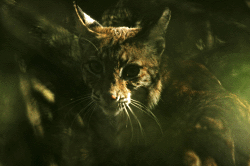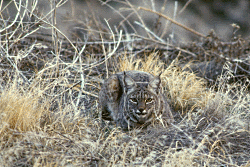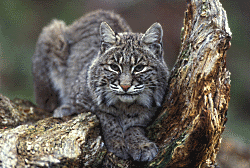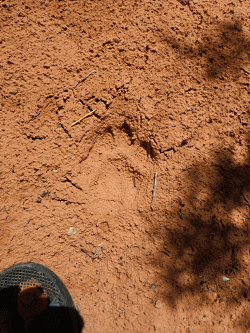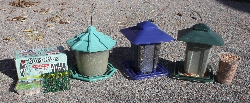
Image courtesy NPS, Dinosaur National Monument

Dinosaur National Monument
Courtesy National Parks Service
A eye popping drive to the Echo Park overlook, view 300 square miles of sublime deeply cut canyons by the Green and Yampa rivers rivaling the grandeur of Canyonlands National Park. Gaze down on the confluence of the Green and Yampa rivers, and far above the Gates of Lodore where Powell’s “Voyage of Discovery” met their first gnarly rapids that laid waste to boats and supplies.
“Advancing and prancing and glancing and dancing, Recoiling, turmoiling, and toiling, and boiling” quoted by a crew member from a poem by Robert Southy.
The Green River enters Dinosaur at the monument’s northern boundary and flows out of the monument 58.5 miles later, just south of Split Mountain. 47 miles upstream from Dinosaur’s boundary, Flaming Gorge Dam has regulated the Green since November 1962. The impoundment has severely altered the river’s natural regime below the dam. Before Flaming Gorge Dam, the Green River was often clouded by dirt, silt, and other sediments; was subject to high spring flows fed by snow melt; and the water temperature could range from near freezing in winter to almost 70°F in summer.
With the opening of the dam, these conditions largely disappeared. Spring flows, temperature fluctuation, and turbidity (the cloudiness of the water) were all reduced. The Green River downstream from the dam became a much clearer, cooler, and calmer river which added four species of fish to the endangered species list.
The Yampa is the only remaining free-flowing tributary in the Colorado River system. It harbors outstanding examples of remnant native cottonwood willow and box elder riparian communities, and it provides critical habitat for these endangered fish.
Prior to November 1962, the Yampa and Green rivers were very similar in their discharge, water chemistry, sediment load, and fish communities. Pre-dam similarity between the Yampa and the upper Green creates offer an unparalleled opportunity for comparison studies that help guide restoration efforts in riparian systems far beyond the monument’s boundaries.
Include Josie Basset Morris’s historic cabin in your itinerary. Josie was a female maverick who set up shop in the eastern Utah wilds. Josie brewed illegal chokecherry wine during the 1920’s and 30s prohibition era. Excellent birding exists in the large cottonwood trees surrounding the cabin and Cub Creek riparian area. From The Hog Canyon trail begins here which leads to a box canyon for more of nature’s delights.
Jack Greene- I’m totally Wild About Utah
Credits:
Pictures: Courtesy US National Park Service, Dinosaur National Monument
Audio:
Text: Jack Greene, Bridgerland Audubon Society
Additional Reading:
Strand, Holly, Earl Douglass and Dinosaur National Monument, Wild About Utah, Oct 2, 2009, https://wildaboututah.org/earl-douglass-and-dinosaur-national-monument/
Strand, Holly, Paleontological Paradise, Wild About Utah, Sep 23, 2008, https://wildaboututah.org/paleontological-paradise/

